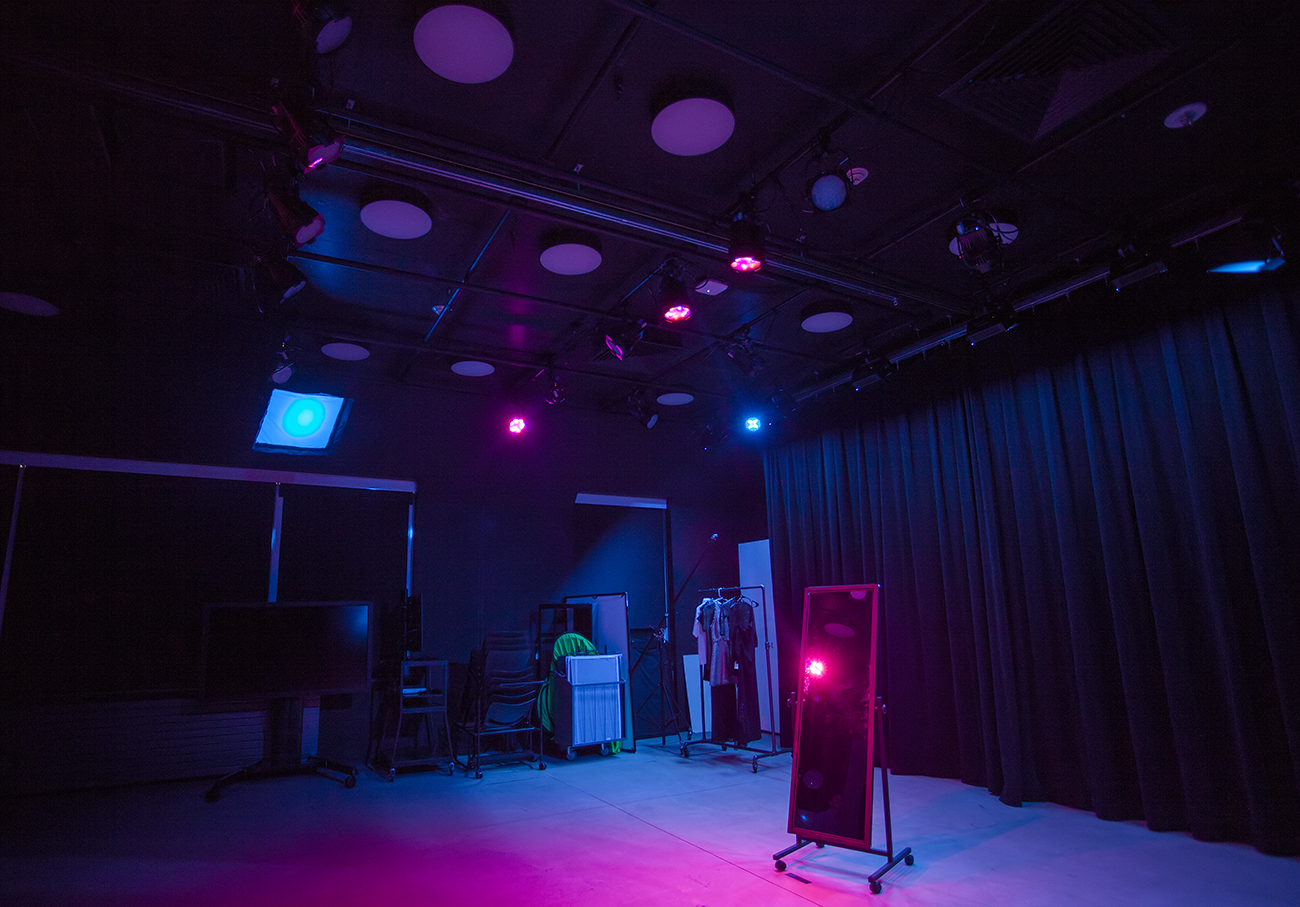How to Set Up Lighting for Boudoir Photography: A Guide
Boudoir photography has become an increasingly popular genre that empowers subjects and captures intimate moments in a tasteful manner. When it comes to achieving remarkable results, how to set up lighting for boudoir photography is a critical aspect that professional photographers need to master. This article will delve into the intricacies of lighting setups to elevate your boudoir photography game.
Before we delve into the specifics of lighting, its essential to recognize that lighting can dramatically influence the mood, emotion, and final outcome of your shots. Without proper lighting, even the most skilled photographers may find it challenging to produce the desired results. This guide will explore various lighting techniques, equipment recommendations, and practical tips that you can implement to enhance your boudoir photography sessions.

The Importance of Lighting in Boudoir Photography
When discussing how to set up lighting for boudoir photography, one cannot emphasize enough the importance of lighting. It sets the tone for the entire photo, plays a significant role in defining features, and creates an intimate atmosphere. Different lighting options can result in various emotional responses from viewers, which is crucial for this genre.
Consider using soft, diffused lighting to flatter the model's features. This approach can soften unwanted shadows and create a more appealing look. On the other hand, dramatic lighting with harsher shadows can evoke stronger emotions, possibly conveying a narrative or mood that you want to express.

Understanding Different Types of Lighting
In boudoir photography, different types of lighting setups are essential for achieving unique effects. Here are some common types of lighting you should consider:
1. Natural Light
Natural light can be incredibly effective in boudoir photography. Its authentic and can produce stunning results. If using natural light, place your subject near a window with indirect light. For more information on this approach, check out natural lighting importance.
2. Artificial Light
For controlled environments, artificial lighting is crucial. This includes continuous lights, speedlights, and studio strobes. Utilize softboxes or umbrellas to soften the light, minimizing harsh shadows and creating a more flattering appearance.
3. Backlighting and Silhouettes
Backlighting can create stunning silhouettes and heighten the dramatic feel of your photos. Experiment with positioning lights behind your subject to add depth and dimension, but be careful not to overexpose your shots.
Lighting Equipment Essentials
Investing in quality equipment is essential when learning how to set up lighting for boudoir photography. Heres a breakdown of must-have items:
1. Softboxes
Softboxes diffuse and soften harsh light, making them perfect for flattering portraits. Pair them with your studio strobe or continuous lights for optimal results.
2. Reflectors
Reflectors can help you bounce light onto your subject, reducing the shadows and illuminating the face, resulting in a more ethereal look.
3. Light Stands and Mounts
Invest in sturdy light stands and mounts to ensure your lighting setups remain stable throughout your shoot. Mobility is key in experimenting with different lighting angles.

Setting Up Your Lighting
Here are practical tips on how to set up lighting for boudoir photography:
1. Choose Your Location Wisely
Select a location with ample natural light if applicable. Hotel rooms and well-lit home environments can work well. Consider these aspects:
- Natural light availability
- Backdrop options
- Space for setup
2. Create a Cozy Atmosphere
Comfort is vital in boudoir photography. Use soft furnishings, candles, and ambient lighting to create a warm and inviting environment.
3. Experiment with Angles
Dont hesitate to test different lighting angles. Light from various directions can lead to unique shadow effects, giving you a variety of moods to choose from. Lighting placement is key!
4. Guide Your Subject
Ensure your subject feels comfortable. Direct their poses and expressions while adjusting your lighting to flatter their features.
Post-Production Considerations
Your work doesnt stop after the photo session. Editing is crucial for enhancing your boudoir photos:
- Adjust exposure and contrast
- Retouch skin while maintaining natural textures
- Add gentle vignettes for focus
Frequently Asked Questions (FAQs)
1. What type of lighting is best for boudoir photography?
Natural light is often preferred for its softness, but using diffused artificial lighting can also yield excellent results.
2. How can I create a soft lighting effect?
Using softboxes, reflectors, and diffusers can help in creating soft lighting effects in your boudoir sessions.
3. What should I avoid during the lighting setup?
Avoid harsh shadows and overly bright spots. Balance your lighting to create a consistent and flattering look for your subject.
As an Amazon Associate, I earn from qualifying purchases.

